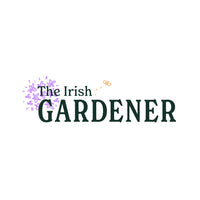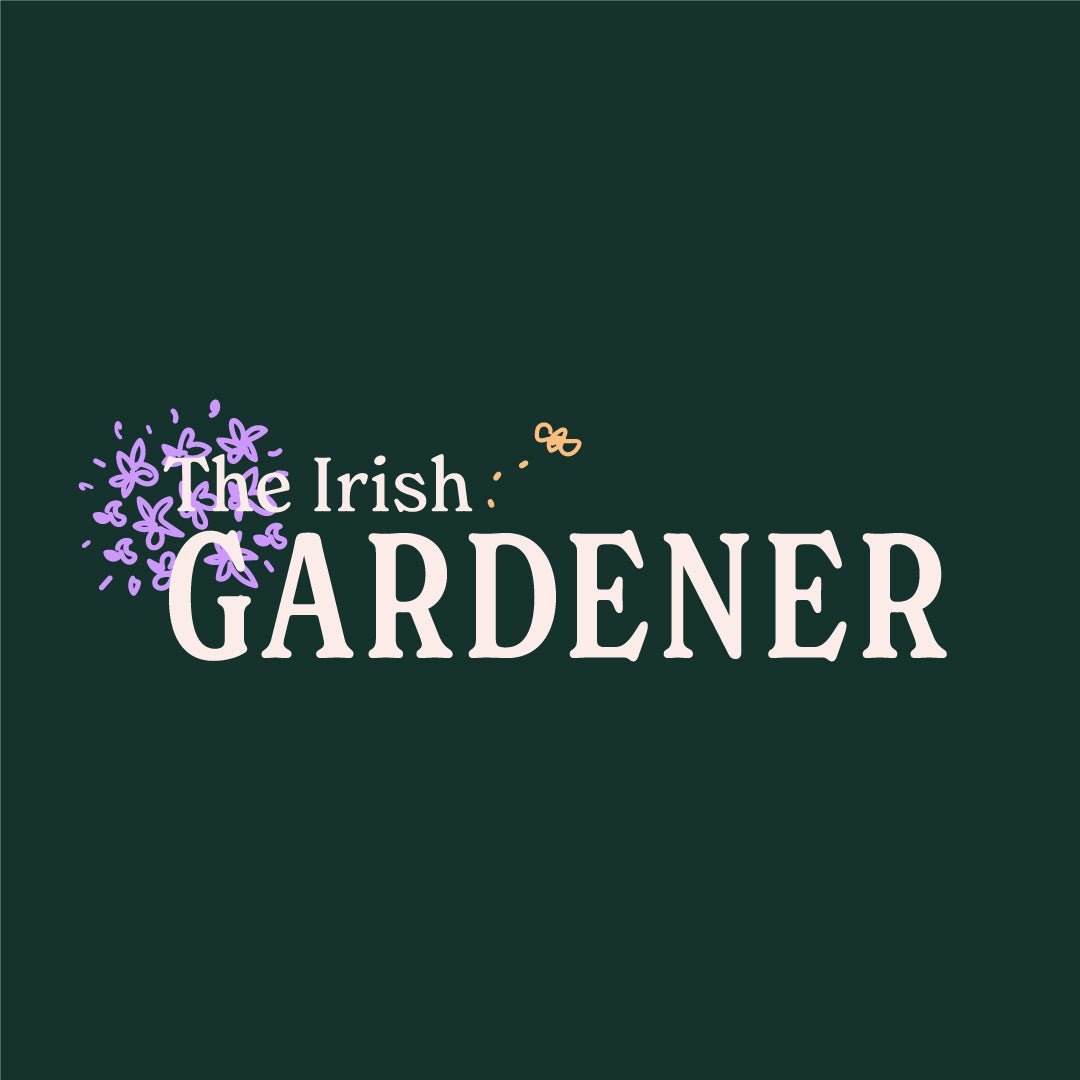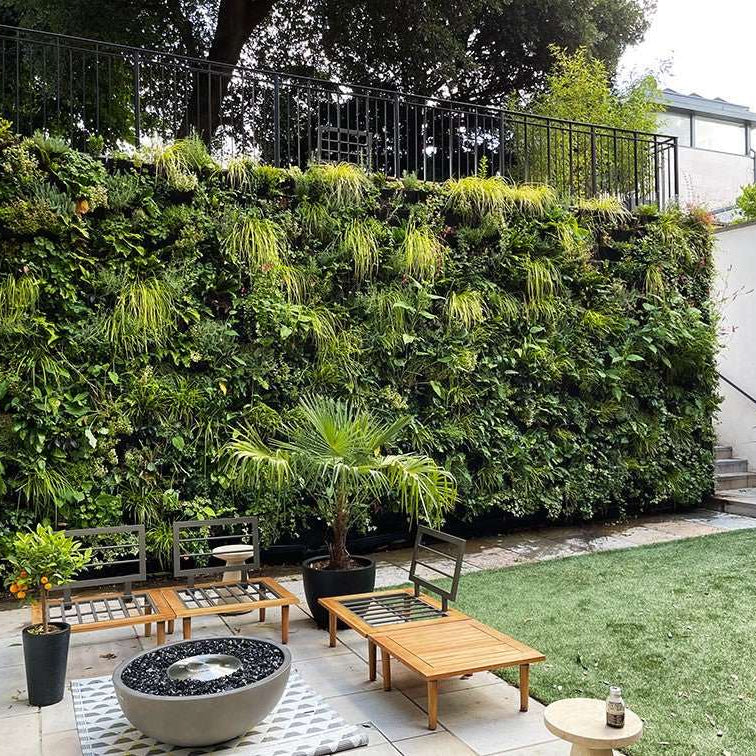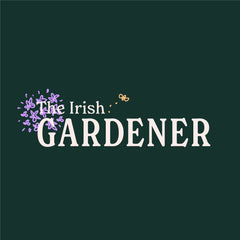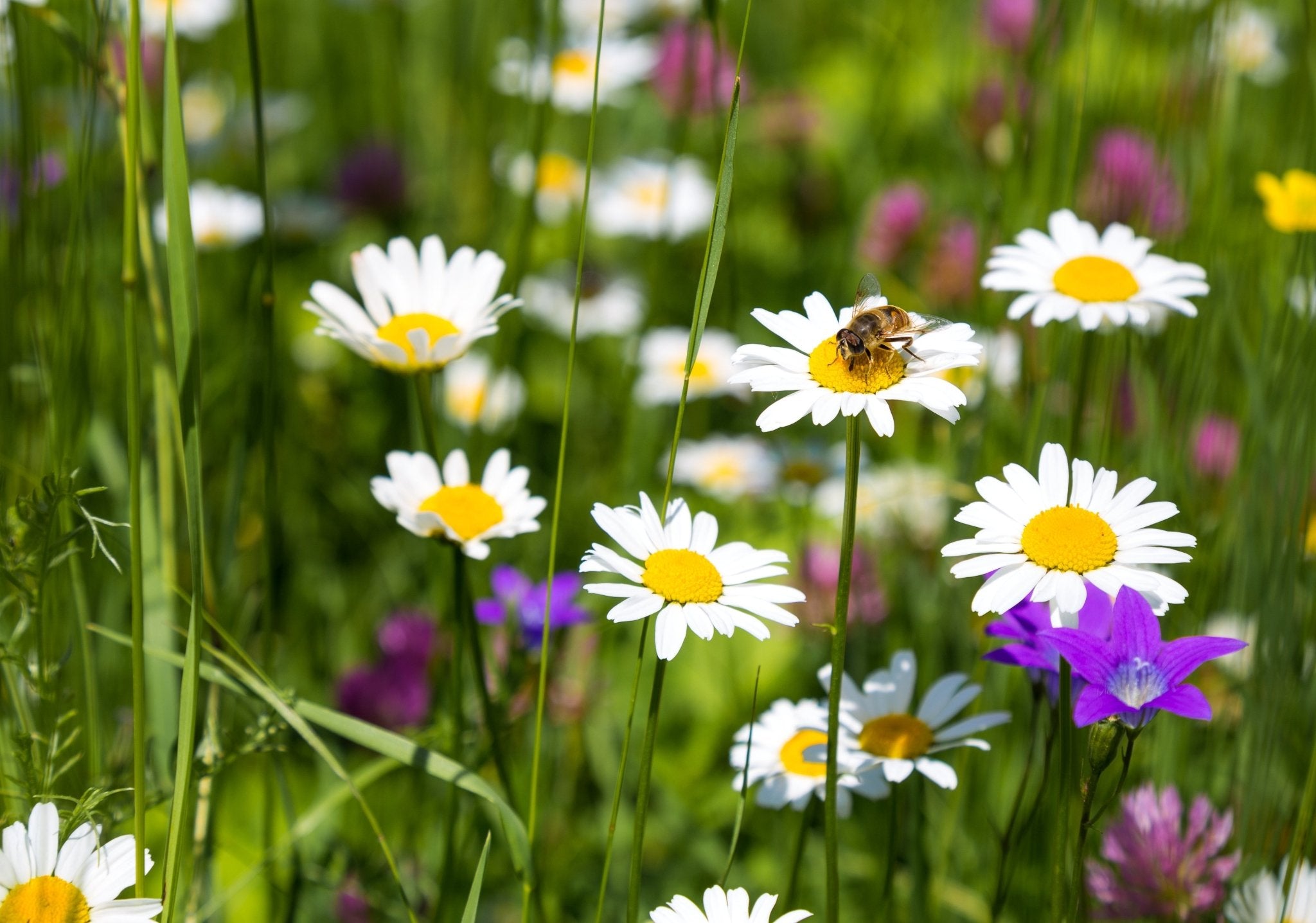There’s something magical about watching a patch of bare soil transform into a riot of colour and even more so when you know those flowers are feeding bees, butterflies, and other vital pollinators. Sowing wildflower seeds is one of the simplest and most rewarding things you can do for your garden and the environment.
In this guide I’ll take you through how to create a wildflower patch, whether you’ve a spare corner of your garden, an acre in the countryside, or even just a big pot on the patio.
Why Wildflowers Are So Important
We celebrate World Bee Day during May, and it’s worth reminding ourselves just how much we depend on these tiny creatures. Without bees and pollinators, our food supply and our survival is at risk.
By sowing wildflower seeds, you create a food source and habitat for pollinators. The simpler the flower, the better: bees struggle to access nectar in heavily ruffled or double flowers. Stick with native wildflowers where possible they’re best adapted to our climate and are what Irish pollinators have evolved to feed on.
Choosing the Right Seed Mix
-
Native Irish wildflower mixes are the gold standard. They usually contain a blend of annuals, biennials, and perennials for colour in year one and beyond.
-
Brands like Suttons also offer pollinator-friendly mixes including cornflower and Californian poppy, as well as specialist mixes for attracting “predators” such as ladybirds (which keep greenfly in check naturally).
The Do’s and Don’ts of Sowing Wildflowers
Don’t:
-
Fertilise the soil, wildflowers thrive on poor soil.
-
Use weedkiller, pull weeds out by hand instead.
-
Sow directly into grass or a very weedy patch, there’ll be too much competition.
Do:
-
Lightly rake or scratch the soil surface. No need for digging or heavy forking.
-
Sow at about 1 gram per square metre. Less is more!
-
Rake gently again so the seed makes good contact with the soil.
-
Water well, and keep watering every day for the first few weeks.
What to Expect in Year 1, 2, and 3
-
Year 1 → a burst of annuals (poppies, cornflowers, etc.) to feed pollinators.
-
Year 2 → biennials appear, with plenty of ox-eye daisies.
-
Year 3 onwards → perennials establish and take centre stage, providing long-term colour and habitat.
Remember: a wildflower meadow is a long-term project. It won’t look perfect immediately, but the rewards build year after year.
Maintenance Made Simple
At the end of the season (September–October):
-
Cut the flowers back to a couple of inches.
-
Leave the trimmings for a few weeks so seed falls back into the soil.
-
Remove trimmings for composting.
Repeat this every year and your wildflower patch will only get better.
Wildflowers in Pots and Small Gardens
No space for a patch? No problem. Even a large pot can be enough to provide food for bees. Nasturtiums are especially fun for children, quick to germinate, easy to grow, loved by pollinators, and even edible.
A Small Step With a Big Impact
Imagine if every garden, balcony, and field margin in Ireland grew just a small patch of wildflowers. Together we’d create a corridor of pollinator-friendly plants across the country. It really is that simple, scratch the soil, sow the seed, water, and let nature do the rest.
✅ For more advice on creating pollinator-friendly gardens, explore my Garden Design services
